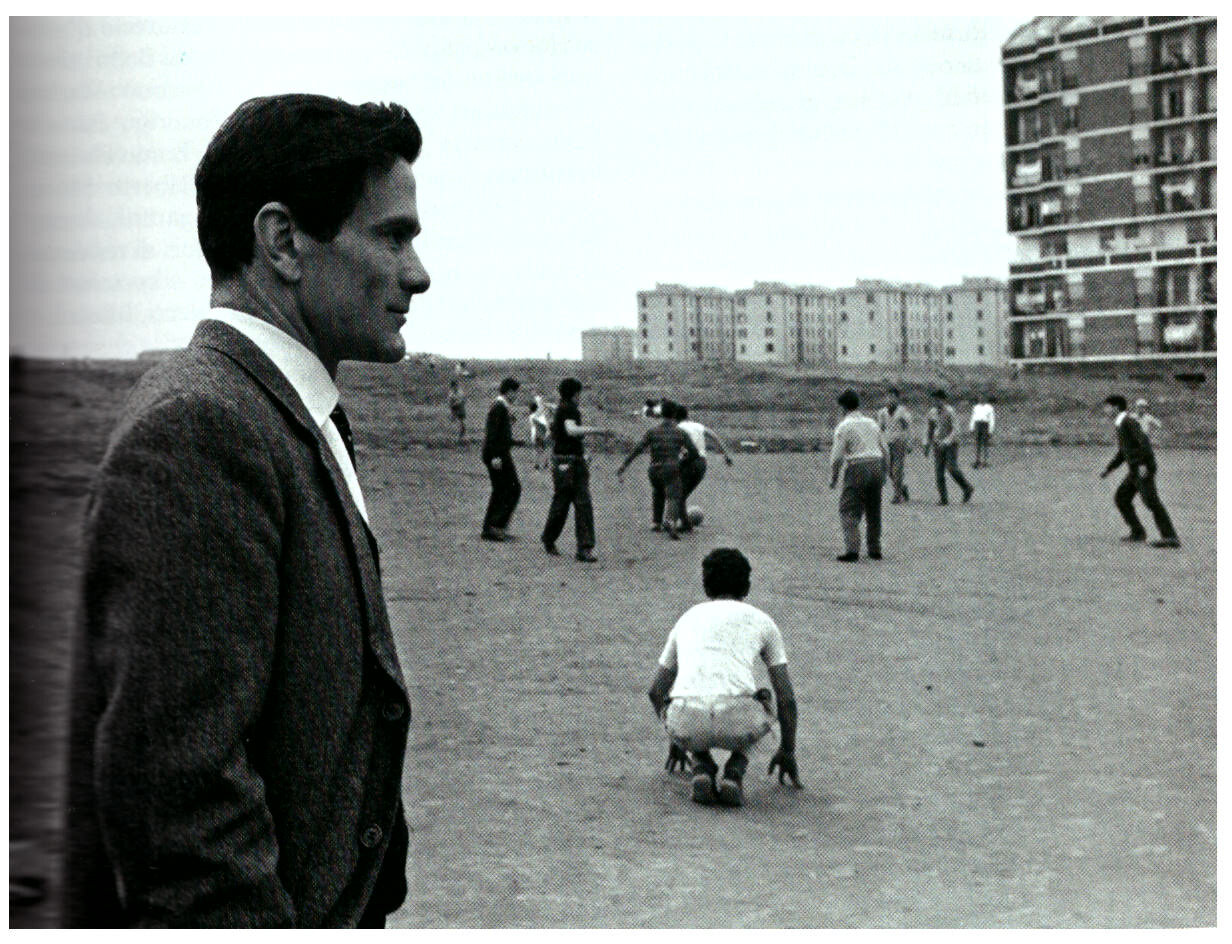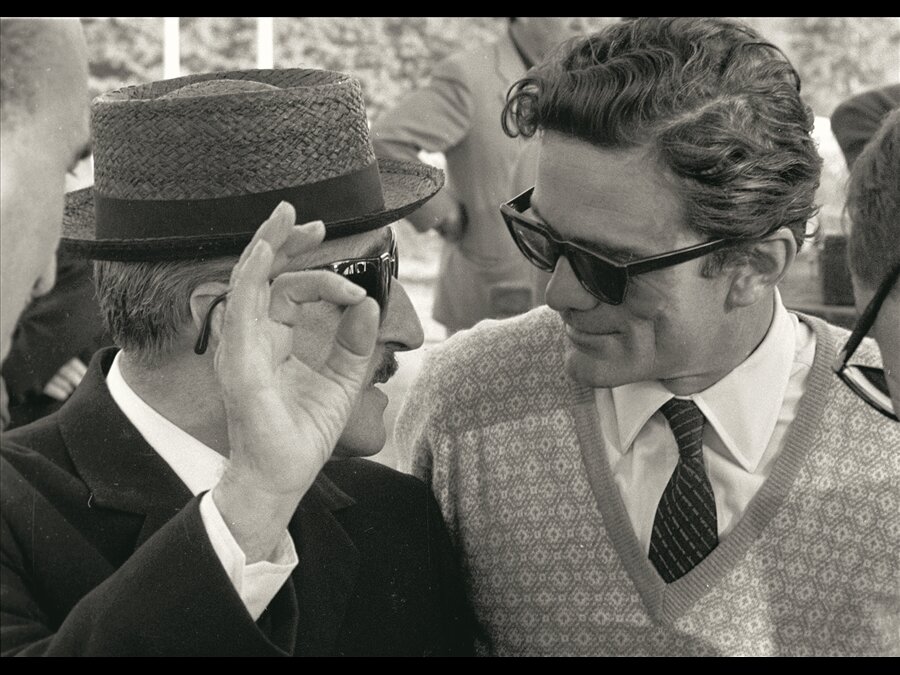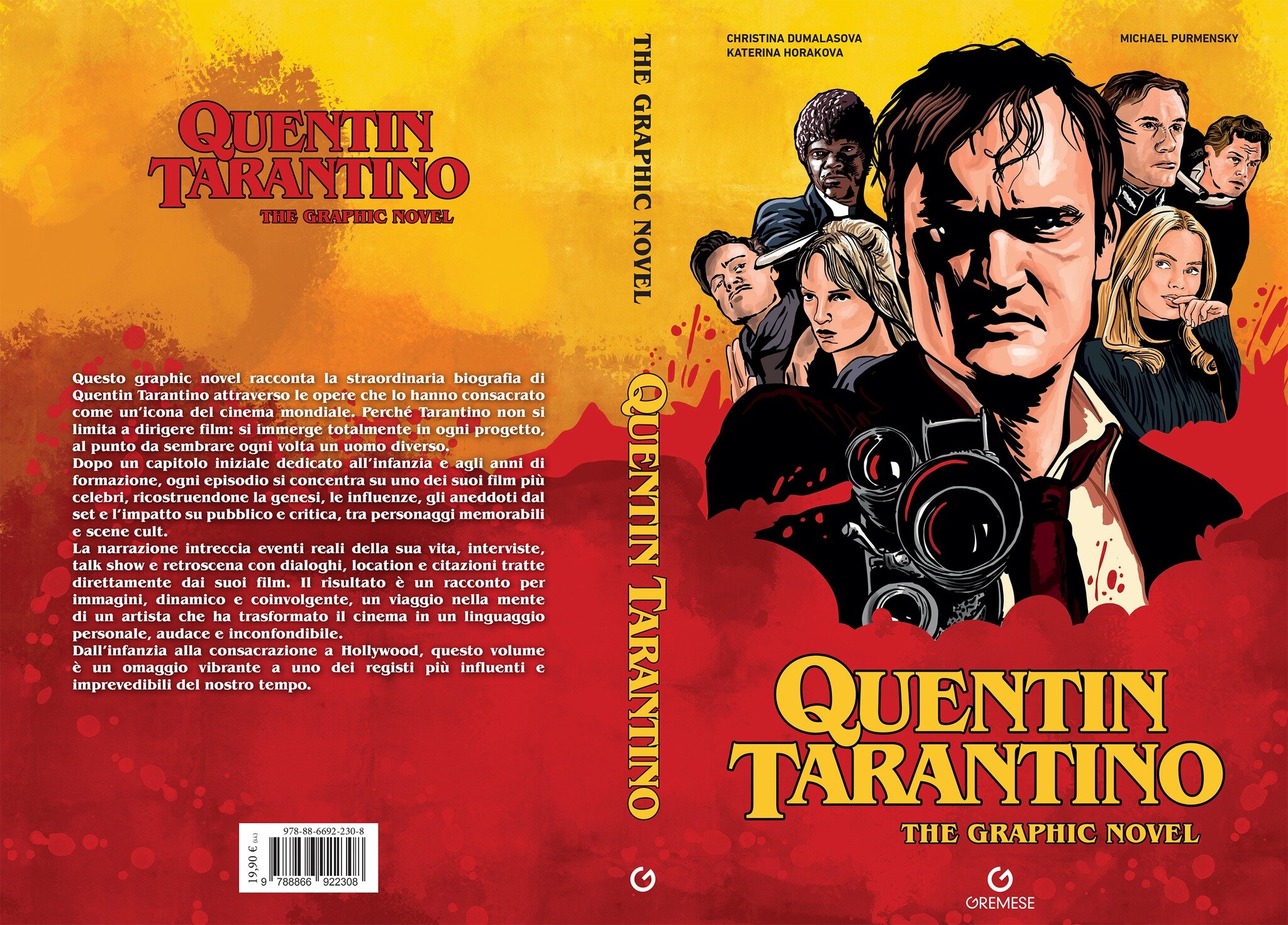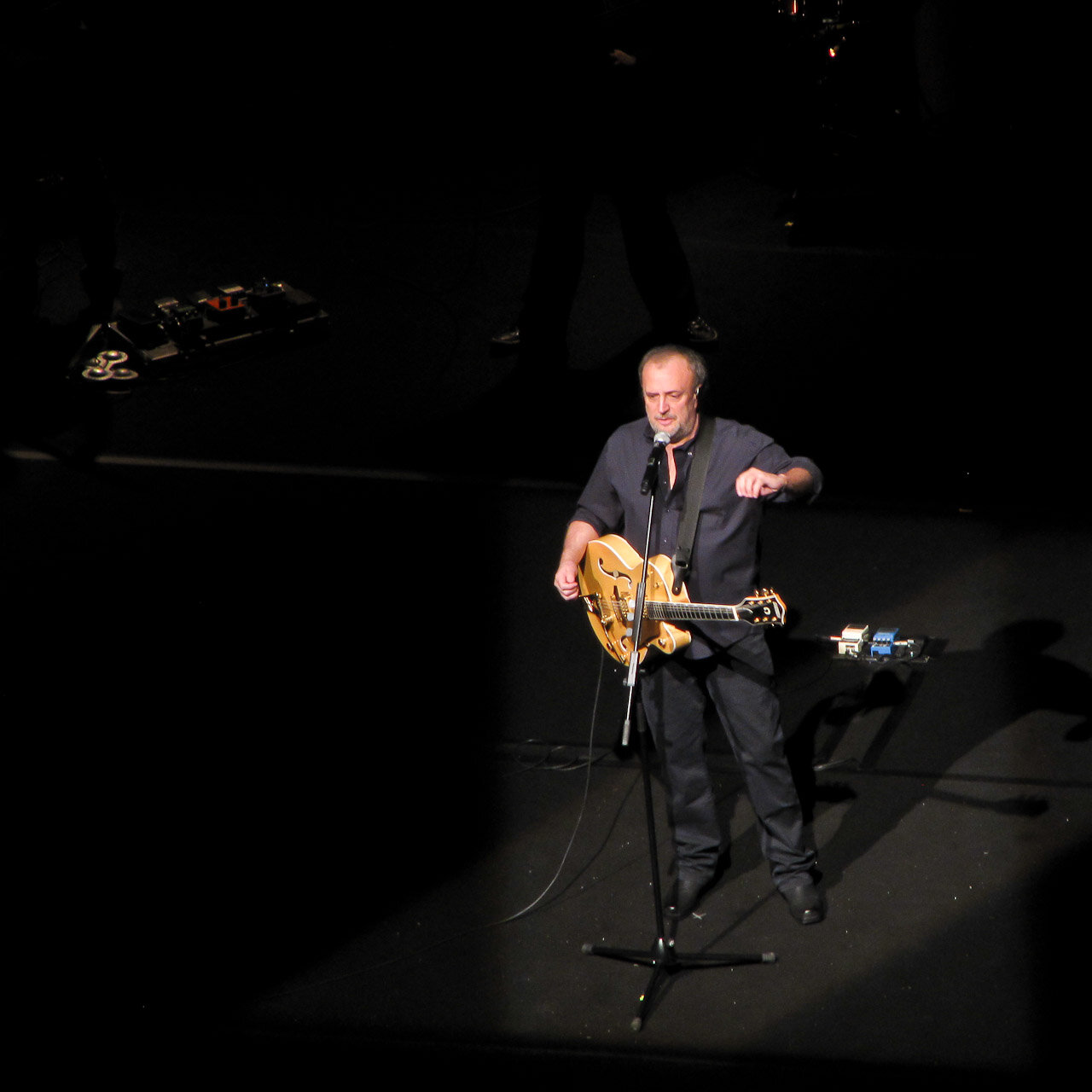
Pier Paolo Pasolini raccontava che il suo primo incontro con il cinema non fu davanti allo schermo, ma a un manifesto. Una tigre in procinto di sbranare un uomo: immagine crudele, dolorosa e insieme affascinante. Aveva cinque anni e già allora intuì che il cinema non è mai innocente, che le immagini possono colpire come una ferita. Quel “shock visivo” sarebbe rimasto a lungo nella sua memoria, segnando il filo di un destino.
Nel saggio-intervista Il sogno del centauro, curato dal critico francese Jean Duflot tra il 1969 e il 1975, Pasolini racconta con la sua abituale lucidità – a tratti allegra, a tratti spietata – il proprio ingresso nel mondo del cinema. Lo fa senza abbellimenti: prima le visioni disordinate al cineguf di Bologna, tra Renoir e Dreyer, poi il colpo di fulmine per il neorealismo di De Sica e Rossellini. E infine il passaggio decisivo: da scrittore già affermato con Ragazzi di vita alla collaborazione con registi come Mario Soldati, Fellini e Mauro Bolognini.
Il salto avviene nel 1961, con Accattone. Pasolini ha già quarant’anni e nessuna esperienza tecnica, non sa distinguere un obiettivo da un altro. Eppure, da quel film nasce un nuovo modo di raccontare la realtà: non più denuncia sociale alla maniera del neorealismo, ma poesia visiva, mito contemporaneo. Il sottoproletario diventa figura epica, immersa in una sacralità tragica.
Nell’intervista a Duflot, Pasolini rivendica di aver goduto di un privilegio raro: poter lavorare liberamente, protetto dalla fiducia del produttore Alfredo Bini. Un’eccezione, certo, che però non lo illudeva. Conosceva bene il carattere “cinico” del rapporto tra autore e industria, basato su un reciproco sfruttamento: da un lato il produttore che cerca profitto, dall’altro l’autore che difende la propria visione.
È una consapevolezza che mantiene intatta la sua attualità. Allora come oggi, il cinema d’autore sopravvive dentro un sistema che tende a soffocarlo, ma proprio da questa tensione trae forza. Pasolini cita i grandi maestri – Murnau, Dreyer, Renoir, Godard – come esempi di un cinema nato sempre controcorrente, mai piegato alle regole del mercato.
Dall’immagine infantile di una tigre divorante al corpo sacralizzato di Accattone, il percorso di Pasolini mostra come il cinema possa trasformarsi in conoscenza, poesia, mito. Non semplice intrattenimento, ma strumento per guardare il mondo e interrogarlo.
Il sogno del centauro ci restituisce questo itinerario: il racconto di un artista totale che ha attraversato poesia, letteratura, teatro e cinema senza mai separare arte e vita. E che ancora oggi ci invita a non dimenticare che il vero cinema nasce sempre controcorrente.
Pasolini and the Dream of the Centaur: the Birth of a Necessary Cinema
Pier Paolo Pasolini recalled that his first encounter with cinema was not in front of a screen, but in front of a poster. A tiger about to devour a man: a cruel, painful and yet fascinating image. He was five years old, and even then he understood that cinema is never innocent, that images can strike like a wound. That “visual shock” would remain in his memory for a long time, shaping the thread of his destiny.
In the essay-interview Il sogno del centauro, curated by the French critic Jean Duflot between 1969 and 1975, Pasolini recounts with his usual lucidity—sometimes cheerful, sometimes merciless—his entry into the world of cinema. He does so without embellishments: first the disordered screenings at the cineguf in Bologna, between Renoir and Dreyer, then the thunderbolt of Neorealism with De Sica and Rossellini. And finally the decisive step: from an already acclaimed writer with Ragazzi di vita to collaborations with directors such as Mario Soldati, Fellini and Mauro Bolognini.
The turning point came in 1961, with Accattone. Pasolini was already forty and had no technical experience—he couldn’t even tell one lens from another. And yet, from that film emerged a new way of telling reality: no longer social denunciation in the Neorealist vein, but visual poetry, contemporary myth. The subproletarian became an epic figure, immersed in tragic sacredness.
In his dialogue with Duflot, Pasolini claimed to have enjoyed a rare privilege: the freedom to work under the trust of producer Alfredo Bini. An exception, certainly, but one that never deluded him. He was well aware of the “cynical” nature of the relationship between author and industry, based on mutual exploitation: on the one hand the producer seeking profit, on the other the author defending his vision.
It is a realization that remains fully relevant. Then as now, auteur cinema survives within a system that seeks to suffocate it, yet it is precisely from this tension that it draws strength. Pasolini cites the great masters—Murnau, Dreyer, Renoir, Godard—as examples of a cinema that was always born against the current, never bent to the rules of the market.
From the childhood image of a devouring tiger to the sanctified body of Accattone, Pasolini’s path shows how cinema can become knowledge, poetry, myth. Not mere entertainment, but a tool for looking at the world and questioning it.
Il sogno del centauro gives us back this journey: the story of a total artist who traversed poetry, literature, theater and cinema without ever separating art from life. And who still today invites us not to forget that true cinema is always born against the current.
Photo Credits
L'Espresso, Public domain, via Wikimedia Commons
See page for author, Public domain, via Wikimedia Commons



